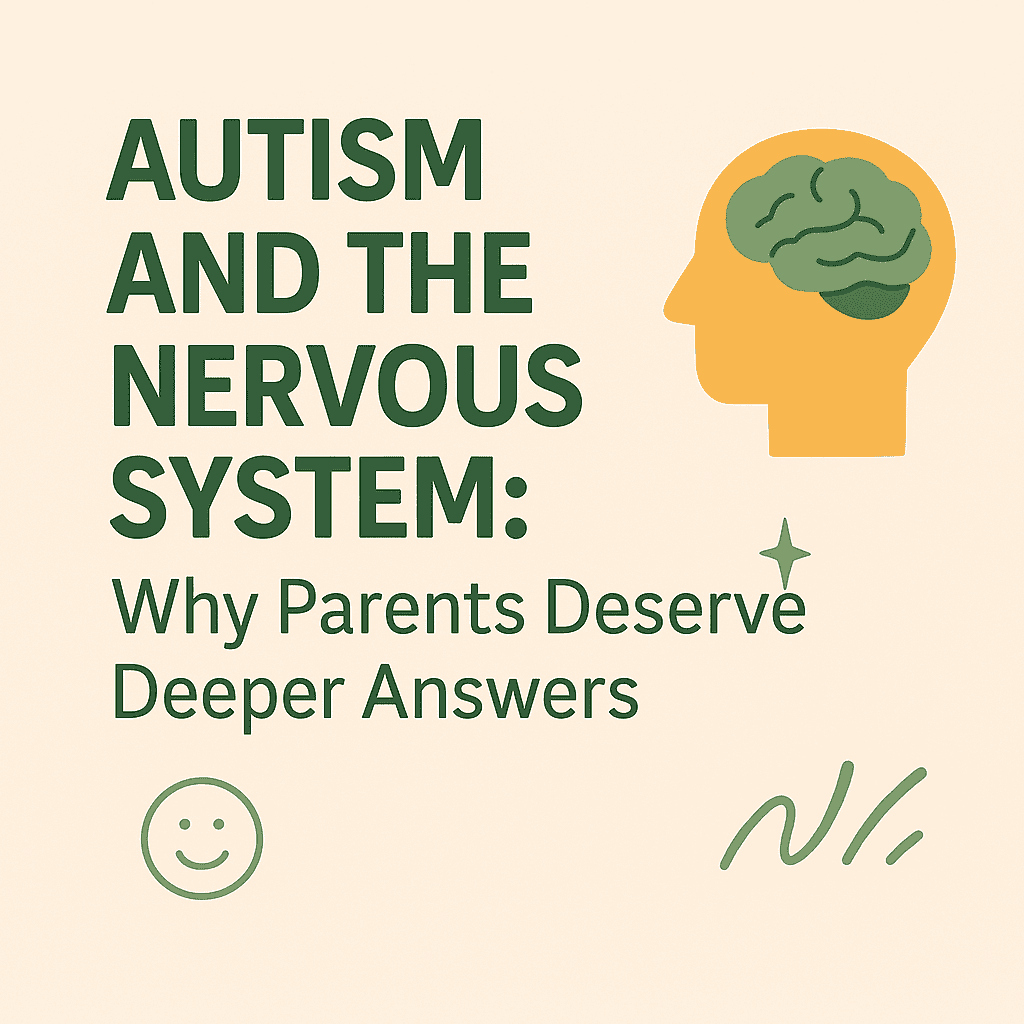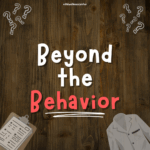Autism is one of the fastest-growing developmental diagnoses worldwide, with current estimates showing 1 in 36 children in the U.S. are affected (CDC, 2023). Many parents find themselves overwhelmed by the complexity of the diagnosis and the sea of treatments, therapies, and interventions they’re encouraged to pursue.
But what if the missing piece isn’t just another therapy or dietary change?
What if the key lies deeper—within the child’s nervous system itself?
At Vital Wellness Center, we approach autism care by addressing the neurological stress and dysregulation that underlie so many challenges children on the spectrum face.
The Myth: “It’s Just Genetic”
Many families are told that autism is simply a genetic condition. But here’s the truth: genetics alone don’t explain the massive rise in diagnoses over the last 50 years.
In 1964, autism affected roughly 1 in 15,000 children. Today, it’s 1 in 36 (CDC, 2023). We haven’t experienced an epidemic of genetic mutations—something else is at play.
The latest research points toward an interaction of genetics, environment, birth trauma, and early-life stressors that influence nervous system development (Monk et al., 2012).
The Nervous System Connection
Autism is more than a brain-based disorder. It’s a whole-body condition that involves multiple systems:
- Gut health (many children have digestive challenges)
- Immune function (chronic infections, inflammation)
- Sensory processing
- Motor planning and control
What connects these systems? The nervous system.
And when the nervous system is stressed or dysregulated—especially the autonomic nervous system and vagus nerve—it impacts digestion, immunity, sensory input, motor control, and more (Porges, 2011).
The Role of Birth Trauma & Early Stress
Research shows that birth interventions (C-sections, forceps, vacuum delivery) and maternal stress during pregnancy can increase neurological stress even before a child is born (Schore, 2001).
These stressors can cause subluxation (misalignment in the spine and nervous system tension), leading to a heightened fight-or-flight response, a dysregulated vagus nerve, and a nervous system stuck in survival mode.
This dysautonomia can then ripple through a child’s development, affecting sleep, digestion, immunity, sensory processing, and behavior.
Why Standard Care May Plateau
Many parents have tried:
✅ Occupational therapy
✅ Speech therapy
✅ ABA therapy
✅ Dietary interventions
✅ Sensory integration
And yet… progress stalls.
That’s because these therapies work around the nervous system, not directly with it.
Unless the underlying nervous system dysregulation is addressed, many children plateau— because their system is stuck in fight-or-flight, unable to fully access growth, regulation, or adaptation.
A Nervous System-Based Approach
At Vital Wellness Center, we start with the nervous system:
✅ We use INSiGHT Scanning Technology to assess stress, dysautonomia, and neurological
imbalance.
✅ We provide gentle, neurologically focused adjustments to reduce stress, improve vagus
nerve function, and help the body shift out of survival mode.
✅ We track improvements in sleep, digestion, mood, sensory processing, immune function,
and motor skills.
This isn’t a cure for autism—it’s a pathway to help the body function at its highest potential.
Hope Beyond the Diagnosis
If you’ve tried everything and feel like your child has hit a plateau, you’re not alone.
It’s not your fault. And it’s not the end of their progress.
When we support the nervous system, we open doors to new growth, connection, and adaptability.
We don’t just manage symptoms—we help the body reconnect and heal from within.
Ready to Explore a Nervous System Approach?
📍 Book a neurological INSiGHT Scan at Vital Wellness Center today.
Let’s find out how your child’s nervous system is functioning—and where we can help.
Sources:
1. Centers for Disease Control and Prevention. (2023). Data and Statistics on Autism
Spectrum Disorder. https://www.cdc.gov/ncbddd/autism/data.html
2. Porges, S.W. (2011). The Polyvagal Theory: Neurophysiological Foundations of Emotions,
Attachment, Communication, and Self-Regulation.
3. Monk, C., Spicer, J., & Champagne, F.A. (2012). Linking prenatal maternal adversity to
developmental outcomes in infants: The role of epigenetic pathways. Development and
4. Psychopathology, 24(4), 1361-1376.
Schore, A.N. (2001). Effects of early relational trauma on right brain development, affect
regulation, and infant mental health. Infant Mental Health Journal, 22(1-2), 201-269.



